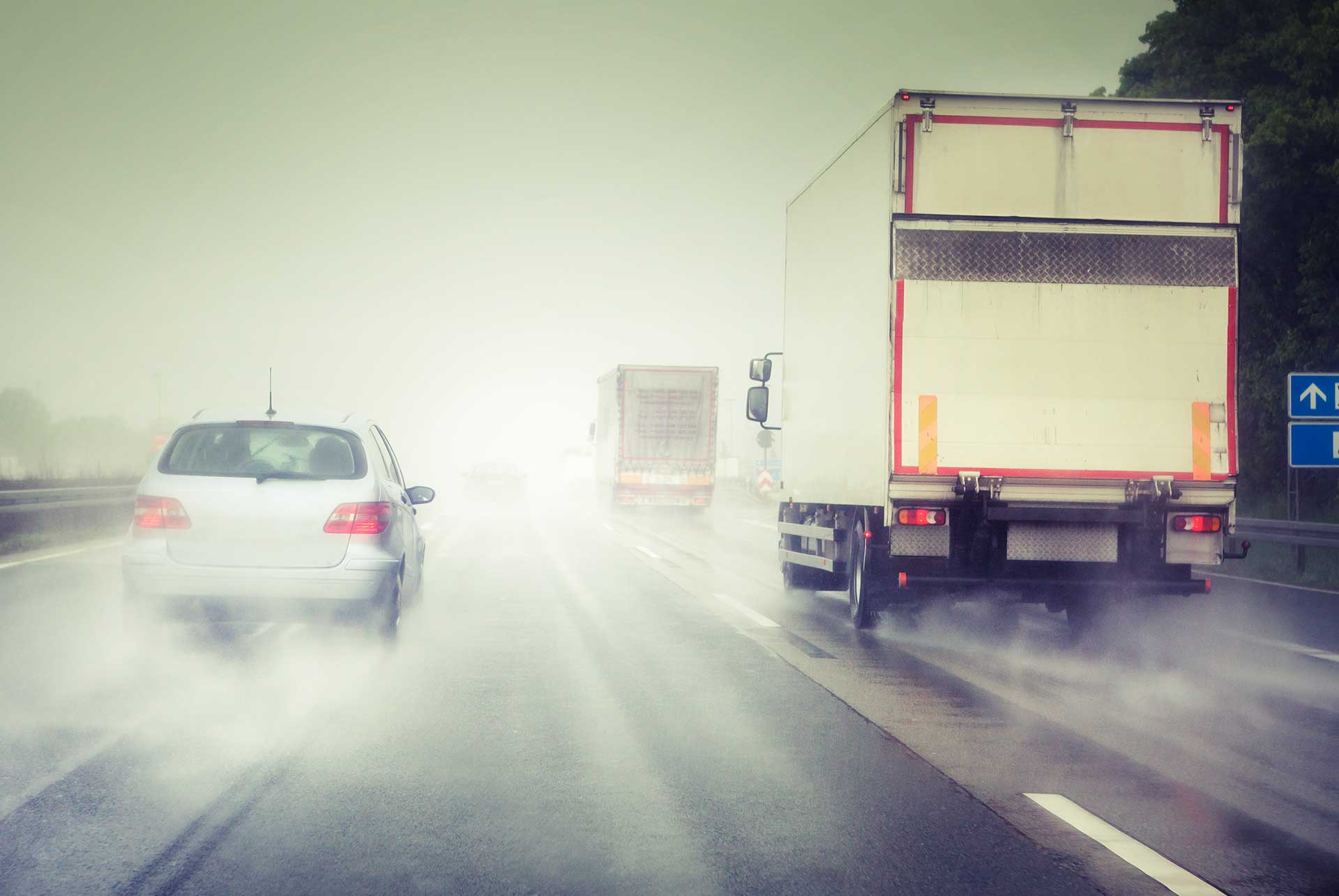
7 Tips for Driving in the Rain
Anyone who lives in the Chicagoland area understands how unpredictable the weather can be – especially in the spring. One day it’s warm and sunny, the next day it’s overcast and rainy and sometimes, in extreme cases, there’s even been snowfall in the area as late as May.
This particular spring season, there have been many rainy days in Chicago, and large amounts of unpredictable rain showers can pose an issue for drivers. To help keep drivers safe, the team at Parkville Auto Body put together a list of tips to remember when you find yourself on the road during a rainstorm.
1. Hydroplaning
Sometimes when it rains heavily, excess water forms puddles on the roads and your vehicle’s tires can lose traction, causing the car to slide out of control (or hydroplane). The best way to avoid hydroplaning – and an accident – is to stay away from puddles as best as you can. However, if a puddle is unavoidable and you feel the vehicle starting to hydroplane, remain calm. Reduce your speed by easing off the accelerator, avoid making jerky steering movements with the wheel and do your best not slam on the brakes.
2. Do NOT use cruise control
If it starts to rain while you’re driving, you should turn off cruise control immediately, especially if you’re set to a very high speed. In the event that the vehicle starts hydroplaning, you’ll need to immediately reduce your speed – this is not possible while in cruise control because the automatic acceleration is still activated. You’ll want total control over your vehicle’s speed while hydroplaning, so it’s best to deactivate cruise control during adverse weather conditions.
3. Turn on your headlights – day or night
This may be an obvious no-brainer, but you should always remember to turn your headlights on during rain showers, during the day and at night. Rain makes it difficult for other drivers to see what’s ahead of them, and headlights will increase your vehicle’s visibility. In fact, many states require headlights to be turned on during adverse weather when the visibility is low. Protect yourself and other drivers by making sure you’re visible on the road.
4. Check your vehicle’s tires, lights and windshield wipers
If you know that you have a long commute to make and there’s reports of bad weather ahead, be sure you inspect your vehicle before hitting the road. Check the traction on your tires, flick your lights on and off to ensure the bulbs don’t need to be changed and make sure your window wipers aren’t leaving streaks behind them when activated.
5. Find another route around flooded areas
Attempting to drive through flooded areas can be dangerous for both your safety and your vehicle’s health and drivability. If you encounter an area of the road that is heavily flooded with lots of puddles, we advise turning around and finding an alternative route to your destination. It’s not worth the risk and can result in serious damage to your vehicle.
6. Leave extra room between your vehicle and other cars
When you’re driving through rain or other adverse weather conditions, it’s always a good idea to increase your following distance behind other drivers. You never know when someone ahead of you may hydroplane or spin out, and those few extra seconds you’ll gain from an increased following distance can be the difference in avoiding a collision.
7. Don’t drive if you don’t have to
When the weather gets bad and the roads get more dangerous, it’s simply best to avoid driving altogether. Unless you’re in a situation where driving is the only available option, we recommend holding off or finding an alternative route of transportation to get to your destination.
If you’ve been in a weather-related collision recently and need a reliable auto body solution, call Parkville Auto Body today at (630) 860-0010.